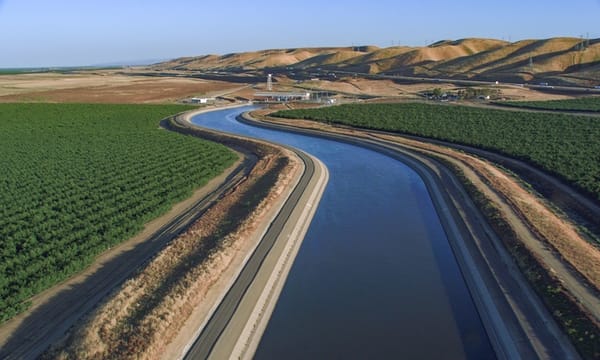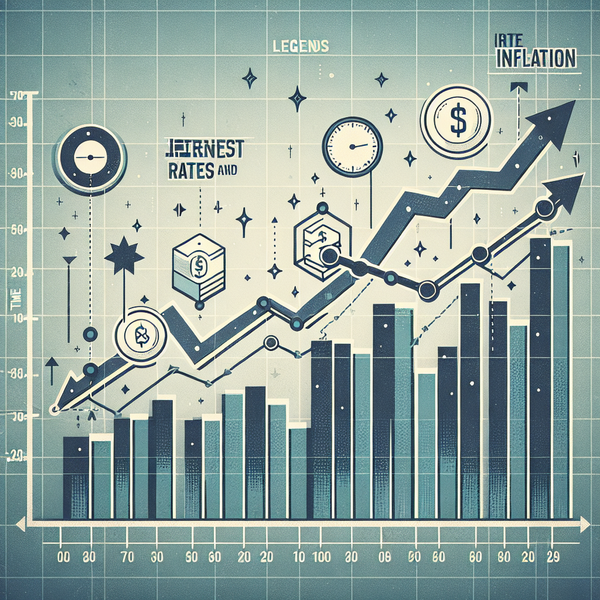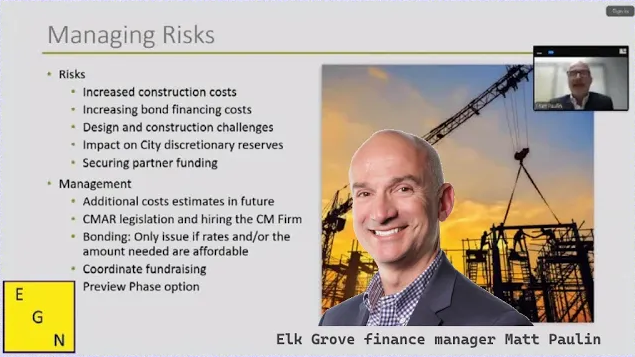Starting the conversation: How is community well-being affected by traffic and land use policies?
By Michael Monasky |
My wife is correct when she accuses me of watching entirely too many YouTube episodes of Not Just Bikes, Strong Towns, City Nerd, and City Beautiful. For decades now, I’ve been intrigued by how much money we all spend on pouring asphalt to our own detriment.
It all began with the Indians; they’re rightfully blameworthy. Before the invasion by Europeans, America was densely inhabited and well-coiffed. The real Americans, the Indians of this land, manicured forests, not like the Vichy, but in alignment with the sky and the earth. It’s in the diaries of the wide-eyed colonizers and the cogent histories of Alexis de Tocqueville who presciently quipped, “the appetite grows by what it feeds on.” It’s been that European karma which has percolated these soils, skies and waters and transformed them with dramatic, perverse effect.
Western society is sick with chronic diseases emanating from junk diets and sedentary life. Obesity and overweight is epidemic, as half of us suffer from it. As a result, we’re overwhelmed with and die from afflictions like heart disease, cancer, medicalized disorders and deaths, obstructive and restrictive lung problems, diabetes, and asthma pretty much in that order. We eat processed convenience foods right from the package, and drive around in our mobile living rooms, stepladder pickup trucks and “sports” “utility” vehicles with overstuffed seats fully stocked with food and entertainment systems. A society of pudgy wimps are we.
The middle-class affluent perspective of public transit in the United States is embodied in Disney World. Families dish out multiple thousands of dollars for Orlando vacations which get them out of their cars and force them to walk and go on rides with thousands of other families. It’s the first and only time the middle class experiences fun and convenience when sharing transport conveyances with others. The middle class doesn’t know what it’s like to have access to the third space; a free public space anyone can occupy, which of course means that you might rub elbows with the lower class and the upper class. We have no pubs, town squares, and cafes to frequent and hang out at within walking distance of our jobs and homes. Instead we have laws against loitering.
There remain inequalities in our political economy of transit and land use. Many people without cars who do not use the streets are still expected to pay taxes that fund them. The lower class lives in food deserts and, because many resources are centralized, have difficulty accessing health care, education, and jobs. Costs are individualized when forced to buy, insure, fuel, and maintain a motor vehicle. Forced to get around without a car and as pedestrians and bicyclists, many are exposed to dangers built into the traffic and land use systems such as high speeds and congestion.
There are solutions to our dilemma of diseases. First above all, public policy must make cars a secondary priority to humans. There’s no right to drive a car; it’s a dangerous endeavor requiring license and insurance. Individual car use contributes significantly to global warming, so shared transit and complex land use policies are needed. Individual car liabilities impoverish our economy; its expense is second only to housing costs. Hardscapes that accommodate cars are far more expensive to install and maintain, and they’re more destructive to the soil and water than landscapes constructed for pedestrians and rails for trams.
Second, there are many aspects of individual car use which tear apart the fabric of our community. Our arterial boulevards and streets are racetracks with ever-increasing vehicular speeds. As roads are built (which follow the Tocqueville Effect), they fill up with even more traffic creating a cycle of need to expand lanes. It might seem counter-intuitive to argue for lane reductions, but without going on a traffic diet this desperate and destructive cycle will persist, and our streets will never be safe to walk. The same needs to be done with parking lots, stop lights, stop signs, and big box stores.
Third, and while we’re at it, bodegas and offices need to be peppered into the suburban streetscape. On-street bike lanes mandate physical separation from vehicular traffic. And did I mention that maximum road speeds need to be cut in half? That means a maximum speed on say Elk Grove Boulevard would be 30-35 mph; and that speeds on side streets would be restricted to 15-20 mph. Such maximum speed limits would grant a pedestrian at least a 50-50 chance of survival should they be struck by a moving car. I should add that most drivers behave as if speed limits were minimum, not maximum, speeds.
Charles Marohn, a planner who wrote the book, Strong Towns, coined the word stroad, a portmanteau of street and road. Marohn says a street is a “complex environment where the life of the city happens;” whereas a road is a “high speed connection between two places.” A stroad is a monstrosity because of its identity crisis. Our arterials are mostly stroads because they permit non-pedestrian speeds. Those speeds are deadly. When struck by a car at 20 mph, one in ten pedestrians will die; at 30 mph half will die; at 40 mph only one in ten will survive at all.
I’ve observed cars traveling at freeway speeds on Elk Grove Boulevard, Laguna Boulevard, and Elk Grove-Florin Road. Vehicles can travel at high speeds on side streets because the turning radii at intersections are very long. There are speed bumps in the middle of streets but none at intersections where pedestrians walk. Parents taxi in long lines before and after school shuttling their children, causing congestion and frustration on the road. Few children walk or bike to and from school. School neighborhoods are mostly and frustratingly unwalkable due to the speed dangers and congestion caused by traffic. And children are becoming overweight, obese, and diabetic as a result of lack of exercise.
There are a lot of ideas that all of us could share about how to make our communities safer, more accessible, fun, free, productive, and joyful. Let’s start that conversation. I’m Michael Monasky. You can call or text at Nine one six -832-5750; my email is thegeneralwelfare @ surewest.net.



